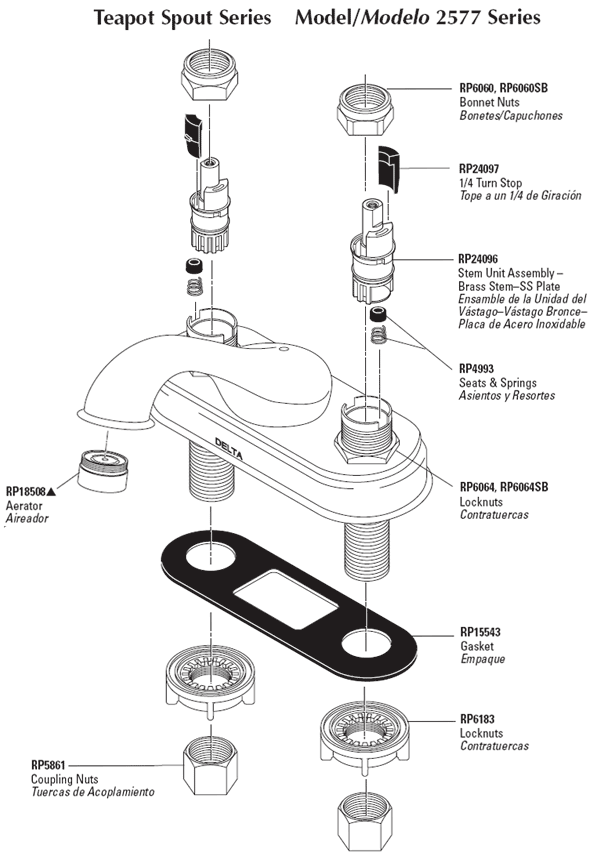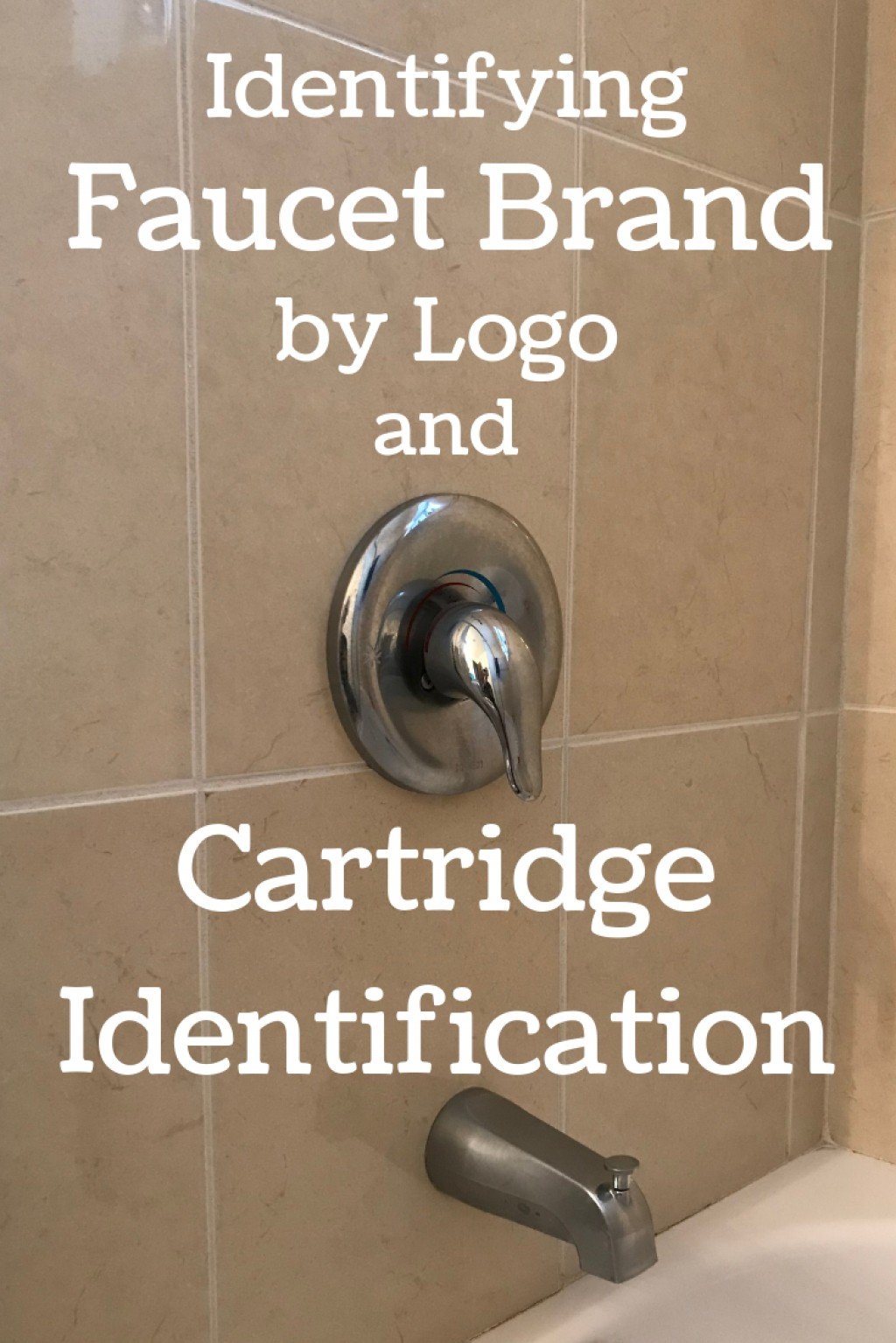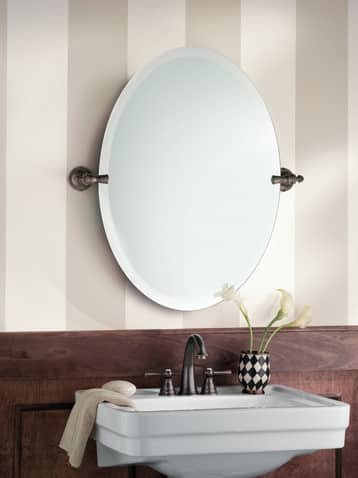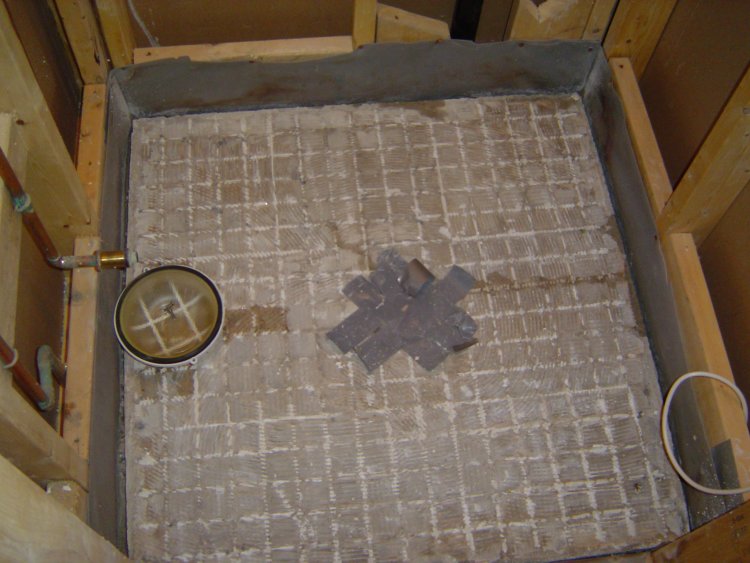Bathroom faucet replacement parts are essential components for maintaining and repairing faucets to ensure their continued functionality and longevity. Over time, various parts of a bathroom faucet may wear out, become damaged, or malfunction due to regular use, mineral deposits, or other factors. Common replacement parts for bathroom faucets include cartridges, valves, handles, spouts, aerators, and O-rings, among others. These replacement parts are designed to fit specific faucet models and brands, allowing homeowners and plumbers to easily repair or upgrade faucets without having to replace the entire fixture.
One of the most common bathroom faucet replacement parts is the cartridge, which controls the flow and temperature of water. Cartridges can wear out over time, leading to issues such as leaks, drips, or difficulty in adjusting water temperature. Replacing the cartridge involves disassembling the faucet, removing the old cartridge, and installing a new one to restore proper functionality. Cartridges come in various designs, including single-handle and double-handle cartridges, and are available for different faucet brands and models.
Another essential replacement part for bathroom faucets is the valve, which regulates the flow of water and controls the on/off function of the faucet. Valves can develop leaks or become faulty, resulting in water wastage or difficulty in shutting off the faucet. Replacing the valve typically involves removing the faucet handle and stem assembly, accessing the valve body, and installing a new valve to prevent leaks and ensure smooth operation. Valves are available in different types, such as ceramic disc valves, compression valves, and ball valves, depending on the faucet design and manufacturer.
Handles are another common bathroom faucet replacement part that may need to be replaced due to wear and tear or damage. Faucet handles can become loose, cracked, or broken over time, affecting the usability and aesthetics of the faucet. Replacing faucet handles involves removing the old handles and installing new ones that match the design and style of the faucet. Handles come in various shapes, sizes, and finishes to complement different faucet designs and enhance the overall look of the bathroom.
Moreover, spouts and aerators are critical replacement parts for bathroom faucets that may require periodic maintenance or replacement. Spouts can develop leaks or mineral buildup over time, affecting water flow and causing water wastage. Replacing the spout involves disconnecting the old spout and installing a new one to restore proper water flow and prevent leaks. Aerators, on the other hand, are small components located at the end of the faucet spout that help regulate water flow and reduce splashing. Aerators can become clogged with mineral deposits or debris, affecting water pressure and flow. Replacing the aerator involves unscrewing the old aerator and installing a new one to improve water efficiency and prevent splashing.
Additionally, O-rings are crucial replacement parts for bathroom faucets that help create a watertight seal between components and prevent leaks. O-rings are located inside the faucet body, handles, and spouts and may wear out or become damaged over time, leading to leaks or drips. Replacing O-rings involves disassembling the faucet, removing the old O-rings, and installing new ones to ensure a tight seal and prevent water leaks. O-rings come in various sizes and materials to fit different faucet designs and configurations.
Bathroom faucet replacement parts are essential components for maintaining and repairing faucets to ensure their continued functionality and longevity. From cartridges and valves to handles, spouts, aerators, and O-rings, these replacement parts are designed to fit specific faucet models and brands, allowing homeowners and plumbers to easily repair or upgrade faucets without having to replace the entire fixture. Regular maintenance and timely replacement of worn-out or damaged parts can help extend the lifespan of bathroom faucets and prevent costly water damage.
Replacing old bathroom sink – DoItYourself.com Community Forums
How To Replace a Single Handle Bathtub Faucet Yourself HubPages
Identifying Your Shower Faucet Brand and Cartridge Manufacturer Dengarden
Gilcrest oil rubbed bronze mirror – DN0892ORB – Moen
Bathroom. Replacing shower stall, toilet, sinks, tub
com bathroom designs long narrow spaces Bathroom layout, Best bathroom designs, Small space
SOLD 2006 Leopard 32 M – Boats.co.uk A perfect blend of the sleek design from the Open Leopard
Related articles:
- How To Repair Bathroom Faucet Leak
- Antique Nickel Bathroom Faucet
- Best Modern Bathroom Faucets
- Brass Gold Bathroom Faucets
- Bathroom Faucets For Pedestal Sinks
- Oil Rubbed Brass Bathroom Faucets
- Bathroom Faucet Polished Nickel
- Bathroom Faucets Double Handle
- How To Fix A Leaking Bathroom Faucet Handle
- Modern Brass Bathroom Faucets
Bathroom Faucets Replacement Parts
When it comes to your bathroom, a faucet is one of the most used items. Over time, faucets can wear out and need replacement parts. Whether you’re a DIY enthusiast or a homeowner looking to save some money, knowing how to replace bathroom faucet parts can be helpful. In this article, we’ll discuss everything you need to know about bathroom faucets replacement parts.
Types of Bathroom Faucets
Before we dive into replacing bathroom faucet parts, let’s briefly discuss the different types of bathroom faucets. The most common types include:
- Center-set Faucets – These faucets have two handles and are mounted on a deck plate that covers three holes in the sink.
- Single-hole Faucets – As their name suggests, these faucets require only one hole in the sink or countertop.
- Wall-mount Faucets – These faucets are mounted on the wall above the sink and require plumbing behind the wall.
Each type of faucet has its own set of replacement parts. Knowing which type of faucet you have is crucial when it comes to replacing parts.
Common Replacement Parts for Bathroom Faucets
- Cartridge – This component controls the flow of water in your faucet and is responsible for mixing hot and cold water.
- O-ring – This small rubber ring helps prevent leaks around the base of your faucet.
- Aerator – This part screws onto the end of your faucet spout and helps reduce splashing by adding air to the water stream.
- Valve – This component controls water flow by opening and closing inside your faucet.
These are just a few examples of common bathroom faucet replacement parts, but many others are depending on the type and brand of your faucet.
Replacing Bathroom Faucet Parts
Now that you know what types of bathroom faucets there are and what replacement parts they might need, let’s talk about how to replace those parts.
1. Turn off the water supply – Before you begin, it’s important to turn off the water supply to your faucet. You can usually do this by turning off the valve underneath your sink or shutting off the main water supply to your home.
2. Remove the faucet handle – Depending on your faucet type, you may need to remove a set screw, pop off a cap with a flathead screwdriver, or use a wrench to remove the handle.
3. Remove the old part – Once you’ve removed the handle, you should be able to access the part that needs replacing. Use pliers or a wrench to disconnect it from the faucet.
4. Install the new part – Follow any manufacturer instructions that come with your replacement part and install it in place of the old one.
5. Reassemble the faucet – Once you’ve installed the new part, reassemble your faucet in reverse order of how you took it apart.
How often should I replace my bathroom faucet?
It depends on several factors, including usage and maintenance. With proper care and cleaning, a high-quality faucet can last for many years. However, if you notice leaks or other issues, it may be time to replace certain parts or even the entire faucet.
Can I replace the bathroom faucet parts myself?
Yes, many replacement parts are relatively easy to install if you have some basic plumbing knowledge and tools. However, if you’re unsure or uncomfortable with DIY plumbing projects, it’s best to hire a professional plumber.
How do I know what replacement parts I need?
Consult your faucet’s manufacturer or manual for specific replacement part information. You can also take apart your faucet and bring the old part with you when shopping for replacements.
Knowing how to replace bathroom faucet parts can save you time and money in the long run. By understanding which type of faucet you have and which parts are commonly replaced, you can confidently tackle simple repairs yourself or know when it’s time to call in a professional. Remember to always turn off the water supply before beginning any plumbing work and consult your manufacturer or manual for specific replacement part information. Whether you’re replacing a cartridge, O-ring, aerator, valve, or any other part, following these steps can help ensure a successful repair. By keeping your bathroom faucet in good working order, you can enjoy clean water and a functional sink for years to come.








